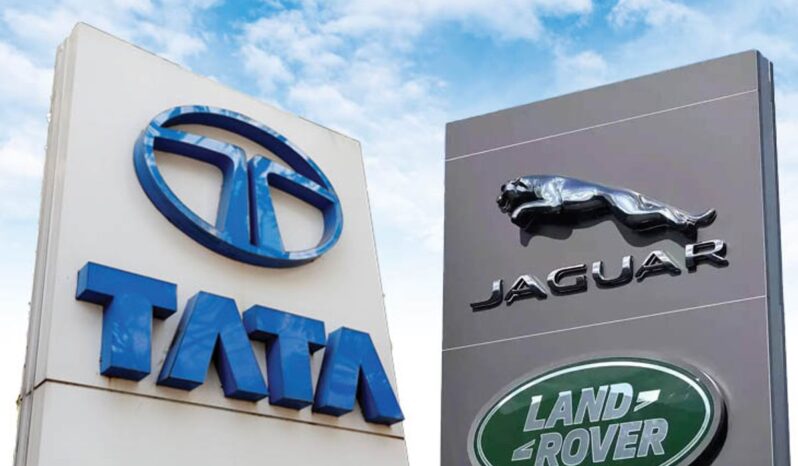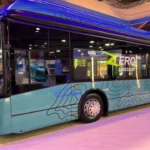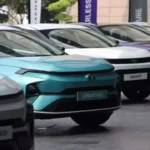The huge initiative under Tata Motors and JLR (Jaguar Land Rover) belt is to make electric vehicles in India to target the world markets, revealed by N Chandrasekaran, Chairman of Tata Sons, in a recent interview.
Manufacturing Plans of Tata Motors and JLR

The second aspect of the deal is that Tata Motors will utilize its Sanand plant in Gujarat, to produce vehicles that follow JLR’s EMA platform. The very first product they promise from this alliance would be the Avinya; this product would go for both domestic and international markets.
Strategic Market Positioning
The creation costs advantage and premium quality shall be prime strategies by which Tata Motors can acquire a conducive position in this global market for EVs. According to N Chandrasekaran, by 2030, EVs would account for 30 percent of Tata Motors’ sales, an aim to convert all the brands under its umbrella into fully electric offerings the same year .
Policy Considerations of Tata Motors and JLR
The CFO of JLR, PB Balaji says that the company does not intend to join India’s new Electric Vehicle Manufacturing Policy as of now. The policy promises benefits for manufacturing units but seems not appropriate for JLR for the time being. JLR is optimizing on local assembly and CKD manufacturing for cutting import duties without further localization obligations.
ELCTRIK Speaks
The joint venture between Tata Motors and JLR aims to make India an electric vehicle hub for manufacturing. The two groups aim to target increasing requirements globally while presenting responses to growing ecological concerns over urban pollution in India by the end of the decade.







